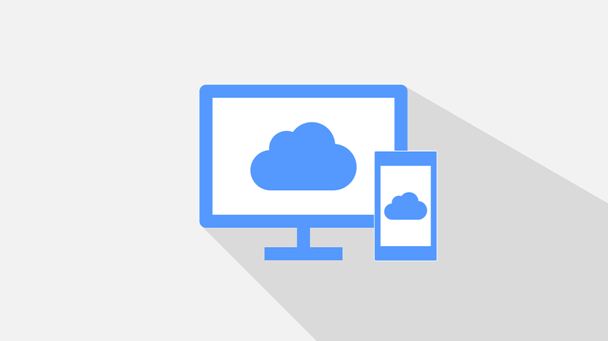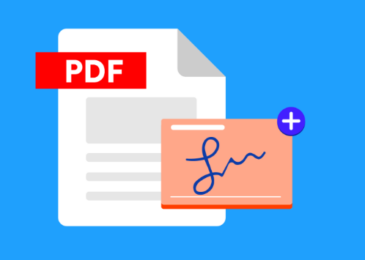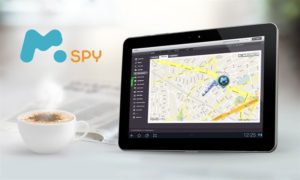The global cloud computing market has become a behemoth worth hundreds of billions of dollars and is expected to grow annually by at least ten percent.
With such a big market, there are several large players who are competing over customers, with Google and Amazon being the top two.
One other player that also tossed their name into the ring is Microsoft with their cloud solutions and most notably, their OneDrive platform.
The advantage Microsoft has over the other players is that Windows is the most popular and widely used operating system out there, and successful integration between Microsoft’s OneDrive and their Windows platform would give them a significant leg up over the competition.
The good news, for Microsoft, is that this integration has been successful, giving Windows users access to a gargantuan amount of online storage.
So, for everyone using Windows 10, here’s how you can make the most out of the OneDrive cloud services.
How to Use OneDrive?
Like most pieces of software, there are several aspects related to successfully using OneDrive, from understanding the available features to knowing how to use each of them. Let’s look at each aspect separately:
Installing and Setting It Up
Now, unlike most pieces of software, Windows 10 users don’t have to worry about installing OneDrive because it already comes pre-installed and ready to use; while setting up Windows 10, users are asked whether they’d like to use OneDrive.
Those who missed the initial set up should still find a OneDrive icon in their System Tray, and if you can’t find the icon, you can just trigger it by clicking on the OneDrive.exe file, which can be found in the OneDrive folder in the C: compartment of your hard drive.
When setting up OneDrive, you’ll need a Microsoft account to sign in.
After that, you have to define what type of account you want, be it Personal, Work, or School.
Once Microsoft has defined a location for your OneDrive folder, you should confirm whether you’re fine with it or whether you’d like to change it. And that’s pretty much it. You’re ready for business.
Syncing Your Files and Folders
After setting up OneDrive, you can begin uploading files and whole folders.
All you have to do is move these files and folders to the OneDrive location on your computer – the one you confirmed earlier – and they will be automatically uploaded to your cloud storage space.
Any changes you make in your cloud storage space will echo in the OneDrive folder on your computer.
It’s a 2-way synchronization process where a change at one end will engender a change at the other.
If you’re already using OneDrive and are setting it up on a new computer, all the folders and files you have on your cloud storage space will automatically become available in your local storage space.
However, if you’d rather choose which folders and files get synced and which stay only on your OneDrive, you can deselect “Sync all files” and opt for a more individualistic approach.
You can also use OneDrive to back up all the important data on your computer.
By clicking the Backup tab found in the OneDrive program window, you’ll be able to manage your backups, including those of your desktop, your documents folder, and your pictures folder.
And, anytime you plug a camera, smartphone, or any other photo-taking device into your computer, you can have OneDrive automatically save the photos and videos there.
Accessing Your Folders and Files:
With your folders and files safely stored on your OneDrive, you can access them from anywhere on the planet so long as you have access to an internet connection.
It doesn’t matter whether you’re trying to access your data from an Android device, a Macintosh, or any other non-Microsoft device; OneDrive is compatible with any device.
You just need to remember your Microsoft account login details: your email account and password. After that, not only can you view your data, but you can also download it, delete it, add to it, or change it in any way you’d like.
None of this is to mention the fact that you also have access to your OneDrive files and folders from your local storage space.
Those of you using Windows10 for a while now should be familiar with Cortana, Microsoft’s AI-powered virtual assistant. Similar to Siri and Alexa, you speak to her and she responds.
One of Cortana’s many functions is searching for folders and files on both your computer and your OneDrive storage.
So, the next time you don’t remember where you left an important presentation or where you put that important document, just let Cortana do the searching for you, and if the file is in your OneDrive, she’ll find it.
However, let’s say, for argument’s sake, that you can’t find what you’re looking for in your OneDrive storage. You know you have this file on your computer, but you seem to have forgotten to upload it onto the cloud.
Well, there is no need to fret because OneDrive will allow you to “fetch” this file or folder from your remote computer. All you have to do is to enable “fetching” from the Settings menu in your OneDrive System Tray.
Sharing Your Folders and Files
Another common way people use cloud storage is to share their folders and files with others.
The files and folders you share can be on your local computer or in your OneDrive storage.
Once you’ve chosen a file or folder you want to share, by right-clicking on it and choosing “Share a OneDrive link” when the pop-up menu appears, you will get a shareable link that you can email to others.
This link will let people see the file in question, and even edit if you so choose.
Why Should People Learn to Use Cloud Technology?
Over the past few years, businesses have been learning to manage their affairs using cloud technology, and individuals have been relying more and more on Google, Microsoft, Amazon, and the like to provide them with secure remote storage and computing.
This is all thanks to the benefits that come with cloud technology.
For Businesses, cloud technology means lower IT costs.
Rather than having to purchase expensive technology and applications, businesses can just pay a rental fee and use the computing capabilities of a remote computer, without ever having to worry about the cost of upgrades, the wages of expert IT staff, the cost of energy consumption, and the time delay when the systems are down.
Other benefits businesses get when they go remote include security and scalability.
One the one hand, the data is mostly secure because cloud service providers need to protect their servers with cutting edge technology if they want to stay in business.
Also, the data is never stored on a single server; cloud server providers depend on redundancy to hedge against data being lost due to a server crash or anything similar.
On the other hand, scalability means that businesses aren’t confined to a specific amount of computing capacity, which would be the case if they were using their own IT infrastructure.
Instead, businesses can use as much cloud computing capabilities as their operation requires, meaning they can scale up or down their use of computing power as the circumstances demand.
For individuals, cloud technology is not only a way to manage precious files and folders, but it is also a way of sharing them.
And, since most cloud storage vendors provide distinct cost classes based on the individual’s storage needs, people who just need a quick place to put a few photos don’t have to pay as much as someone who needs a place to store a lot of data for a long time.







